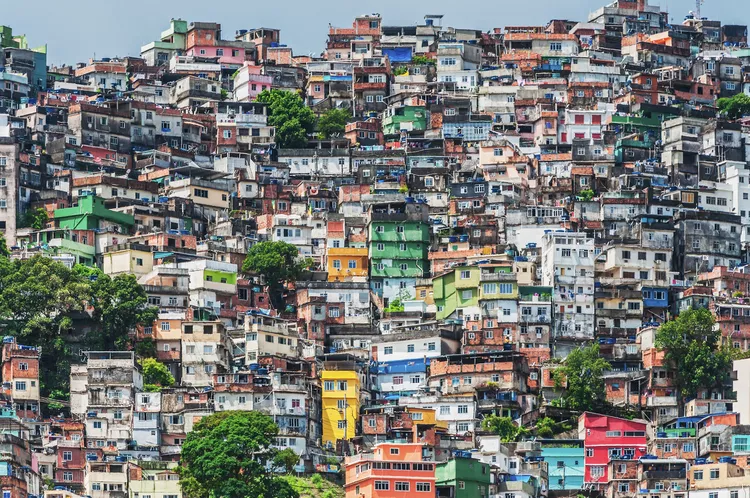Summary
Understanding Slum Tourism
Slum tourism, often termed “ghetto tourism,” involves visits to impoverished regions, particularly in countries like India, Brazil, Kenya, and Indonesia. The goal of slum tourism is to provide travelers with the chance to witness the less commercialized and authentic areas of a city or country.
History
Although slum tourism has become more recognized globally in recent years, it is not a new phenomenon. In the mid-1800s, affluent London residents would venture into the dismal tenements of the East End. Initially, these visits were framed as charitable endeavors, but over the decades, this practice extended to impoverished areas in U.S. cities like New York and Chicago. As the interest grew, tour operators created guides for exploring these neighborhoods.
This form of tourism waned by the mid-1900s, but revived notably in South Africa during apartheid. Here, the driving force came from oppressed Black South Africans wanting to communicate their struggles to the world. The release of the film “Slumdog Millionaire” further amplified global awareness of poverty in India, leading to increased slum tourism in locations such as Dharavi, known for housing India’s largest slum.
Today’s travelers seek genuine experiences rather than the sanitized tourist spots that were prevalent in the past. Slum tourism fulfills this desire, offering insights into realities beyond typical tourist encounters.
Safety Concerns
As with all tourism types, slum tourism can carry risks. When selecting a slum tour, it is essential for guests to conduct thorough research on the company to ensure it is licensed, reputable in reviews, and compliant with local regulations.
For example, Reality Tours and Travel welcomes 18,000 visitors annually on tours of Dharavi, India. These tours emphasize the positives of the slum, such as its community infrastructure, while also addressing its challenges, including space shortages and sanitation issues. Moreover, 80% of the proceeds from these tours are reinvested into community development projects.
In contrast, some less scrupulous companies use similar branding yet fail to provide insights into the community’s realities, focusing instead on exploitation without contributing back to the neighborhoods they showcase.
Consequently, as there currently exists no unified standard for slum tour operators, tourists must critically evaluate whether the company they choose operates ethically and responsibly.
Slum Tourism in Brazil
In Brazil, favelas are slum regions typically located on the outskirts of major cities like São Paulo. Each year, these areas attract approximately 50,000 visitors. Among Brazilian cities, Rio de Janeiro hosts the highest number of slum tours, a practice encouraged by the federal government. These tours illustrate that favelas are dynamic communities rather than solely drug-ridden nightmares depicted in films. Well-versed tour guides shuttle tourists to favelas and lead them on foot through the neighborhoods to showcase local culture, community centers, and even facilitate interactions with residents. It is common for photography to be restricted during these visits to maintain respect for the local inhabitants.
Government Goals for Slum Tours
- Clarifying the local economy of a favela, including employment opportunities and rental markets.
- Highlighting essential infrastructure like hospitals, shopping areas, banks, and entertainment venues.
- Touring educational institutions and community centers.
- Showcasing local community projects.
- Encouraging interactions with residents, including home visits.
- Providing the opportunity to enjoy a meal at a community restaurant.
Concerns Regarding Slum Tourism
Even though Brazil has developed a structured approach to slum tourism, challenges persist. Despite regulations, some tourists engage in taking pictures and sharing them socially, which can unintentionally harm community perceptions rather than enlighten. Additionally, certain tour operators mislead tourists, claiming to support local enterprises while failing to give back effectively. The most significant concern arises when slum tourism missteps inflict real-life consequences on the inhabitants.
Ultimately, responsible slum tourism hinges on government regulations, ethical tour services, and considerate tourists. When these elements align, travelers can enjoy safe travel experiences while gaining a broader worldview, and communities can reap the benefits of this unique tourism.





